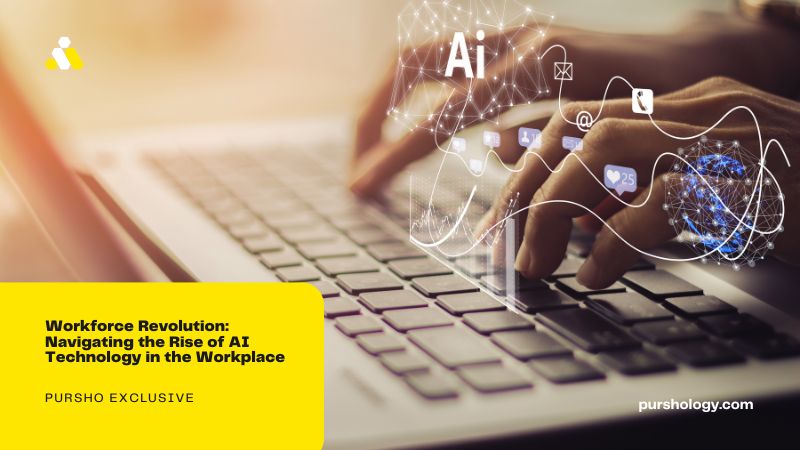Discover how the integration of AI technology is reshaping the workforce and revolutionizing the way we work and interact.

Image courtesy of Antoni Shkraba via Pexels
Table of Contents
The integration of artificial intelligence (AI) technology in the workplace has sparked intense debates about its impact on the future of work. On one hand, AI offers vast opportunities for efficiency, accuracy, and innovation. On the other hand, there are concerns about job displacement, technological dependency, and the widening skills gap. Navigating this workforce revolution requires finding a balance between AI technology and manual labor in various industries.
Benefits of AI Technology in the Workplace
AI technology brings a myriad of benefits to the workplace, transforming how businesses operate and interact with customers. One of the key advantages is the enhancement of efficiency. AI-driven automation can streamline processes, reduce human errors, and increase overall productivity. Tasks that once took hours or days to complete can now be done in a fraction of the time, allowing employees to focus on more strategic initiatives.
The accuracy of AI algorithms is another crucial benefit. By analyzing vast amounts of data and patterns, AI can provide precise and data-driven insights that empower decision-making processes. This level of accuracy not only improves operational efficiency but also enhances the overall quality of work output.
Furthermore, AI technology stimulates innovation in various industries. From healthcare to finance to marketing, AI-driven solutions are revolutionizing traditional practices and opening up new opportunities for growth. By harnessing AI tools, companies can stay ahead of the curve, adapt to changing market dynamics, and drive continuous improvement.
Challenges of Over-Reliance on AI Technology
While the benefits of AI technology are significant, there are also challenges that come with over-reliance on automation. One primary concern is job displacement. As AI continues to evolve and automate tasks traditionally performed by humans, there is a growing fear of widespread job loss across various industries. This raises questions about the future of work and the role of manual labor in an AI-driven world.
Another challenge is the risk of dependence on technology. Relying too heavily on AI systems can lead to vulnerabilities, technical glitches, and potential disruptions in operations. Organizations must strike a balance between leveraging AI for efficiency and maintaining human oversight to mitigate risks associated with technological failures.
Additionally, the skills gap presents a pressing challenge in the workforce revolution. As the nature of work evolves and demands new capabilities, there is a growing need for retraining and upskilling employees to adapt to changing job requirements. Investing in talent development and lifelong learning programs is crucial to bridging the skills gap and ensuring a skilled workforce ready for the future.
Finding a Balance: Integrating AI Technology with Manual Labor
The key to navigating the rise of AI technology in the workplace lies in finding a balance between automation and human intervention. A hybrid approach that combines AI technology with manual labor enables organizations to leverage the strengths of both, creating a more dynamic and efficient workforce. By pairing AI-driven solutions with human creativity and critical thinking, companies can achieve unparalleled innovation and success.
Image courtesy of via Google Images
To facilitate this integration, upskilling initiatives play a crucial role. Organizations must invest in training programs that equip employees with the necessary skills to work alongside AI technologies effectively. By empowering workers with the knowledge and tools to adapt to the changing landscape, companies can maximize the potential of AI while nurturing a skilled and resilient workforce.
Ethical considerations also come into play when integrating AI technology with manual labor. It is essential to maintain ethical standards, transparency, and accountability in AI-driven decision-making processes. Human oversight is imperative to ensure fair and just outcomes, as well as to address potential biases or ethical dilemmas that may arise in the use of AI technology.
Conclusion
Embracing the rise of AI technology in the workplace requires a collaborative and strategic approach that balances automation with human expertise. By harnessing the benefits of AI while addressing the challenges of job displacement, technological dependency, and skills gaps, organizations can pave the way for a sustainable and successful workforce revolution. It is crucial for companies and policymakers to prioritize initiatives that promote a harmonious integration of AI technology and manual labor, driving innovation, growth, and prosperity in the future of work.




